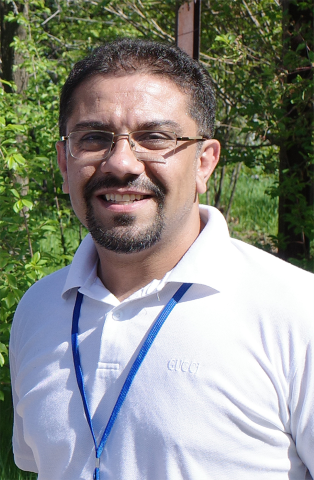Session Presentations
This page provides access to all presentation files, as well as the recording. Conference attendees are encouraged to watch or read through all the presentations prior to the start of the conference.
How Will Q & A Work?
We will host a webinar for each session during the conference where presenters can answer user questions. The Agenda shows what sessions will happen on which day. Webinar attendees will be able to follow up with presenters.
20th Annual CMAS Conference Sessions: (Click session to expand and see presentations in that session)
Papers in this session are devoted to analyzing data from both conventional and remote-sensing observational platforms. In particular, presentations are invited on the integration of data collected from different platforms, and on the use of new satellite data products in air quality modeling. Session topics include:
- Satellite processing products and its use
- Monitoring air pollution and meteorology
- Field measurement studies
- Laboratory smog chamber experiments
- Aerosol detection and sampling
In addition, new sensor technologies, due to their characteristics (e.g., low cost, small size, high portability), are becoming increasingly important for individual exposure assessment, especially since this kind of instrument can provide measurements at high spatial and temporal resolution, which is a notable advantage when approaching assessment of exposure to environmental contaminants.
This session will provide information about advancements on the developments and use of sensor technology for air quality and health studies.
Topics include, but are not limited to, the following:
- Novel air sensor technologies for monitoring air quality and health conditions
- Evaluation and validation of sensor performance
- Application of sensor network on air quality, exposure and health studies
Presentations






